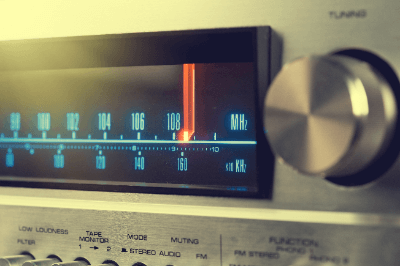What Is a Tuner?

A tuner is a device that selects from multiple broadcast channels on television or radio.
While many TVs and radios come with built-in tuners, external tuners are available for devices lacking the capability to receive certain broadcast waves. For instance, a TV equipped for terrestrial and BS digital broadcasts might require an external tuner for CS digital broadcasts, which can be connected through an external input.
Uses of Tuners
Tuners are integral not only to TVs and radios but also to DVD/BD recorders, and HDD recorders. Besides being built into devices, external tuners, often referred to as set-top boxes (STBs), are used to receive broadcast signals and relay them to the TV. Despite the name, these boxes are frequently placed in a rack under the TV rather than on top.
Principle of Tuners
The signal received by a tuner is processed by the RF section, which filters and selects the desired signal frequency to be amplified and passed on. This process involves the use of bandpass filters to isolate the signal frequency range and additional filters to eliminate out-of-range frequencies as noise. The amplified signal is then converted into a format suitable for TV reception and output.
Other Information on Tuners
Role of the Tuner in Recorders
Recorders often feature multiple tuners to accommodate terrestrial, BS, and CS digital broadcasts, enabling the simultaneous recording and viewing of different channels. This is essential for backing up recordings and for users wishing to watch one channel while recording another.
Signals That Can Be Received
Modern televisions are equipped with tuners for terrestrial, BS, and CS digital broadcasting, as each broadcasting type requires a distinct tuner. Terrestrial digital broadcasts utilize the 470 to 710 MHz frequency range, previously used for UHF analog broadcasting. BS and 110-degree CS digital broadcasts are received via parabolic antennas, with their signals down-converted to specific frequency bands before being processed by the respective tuners.